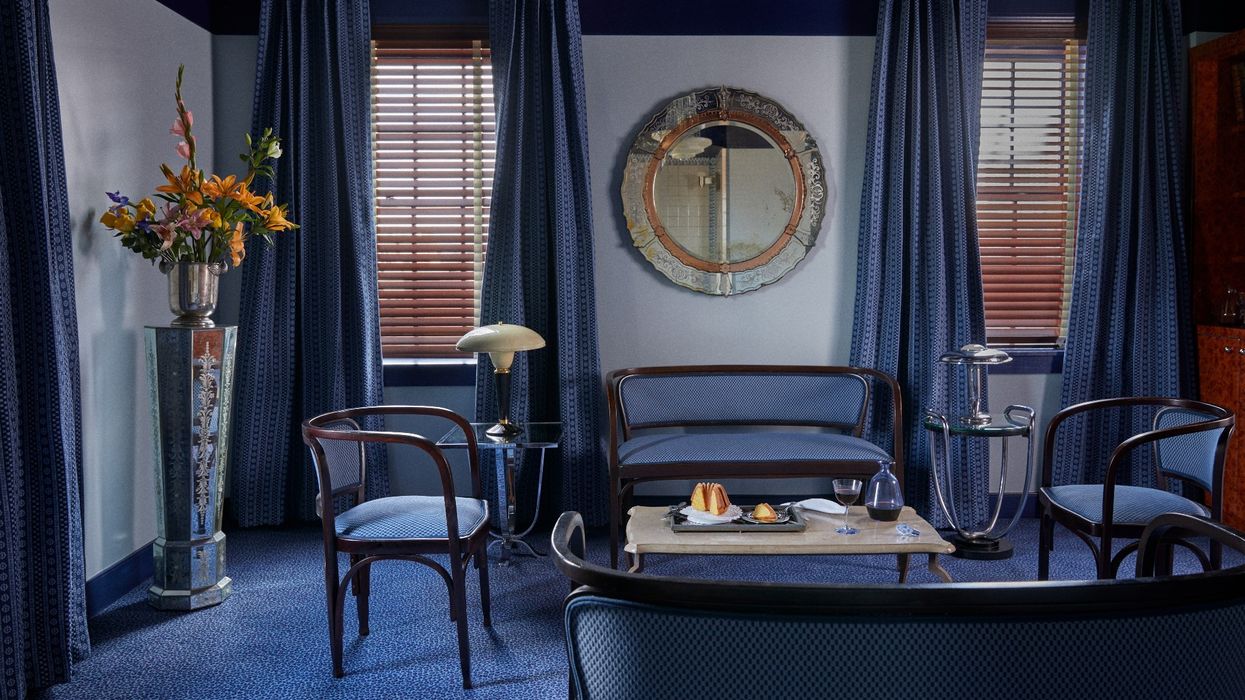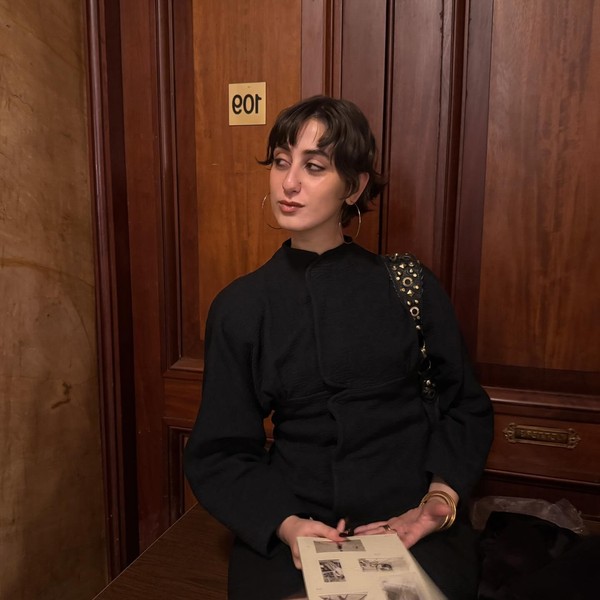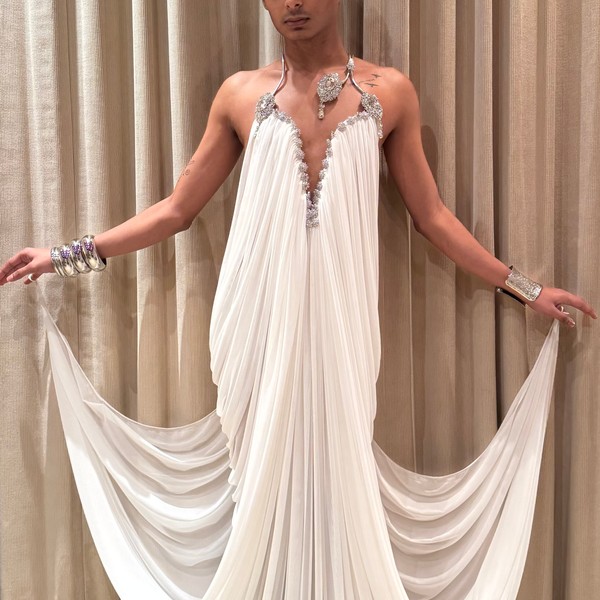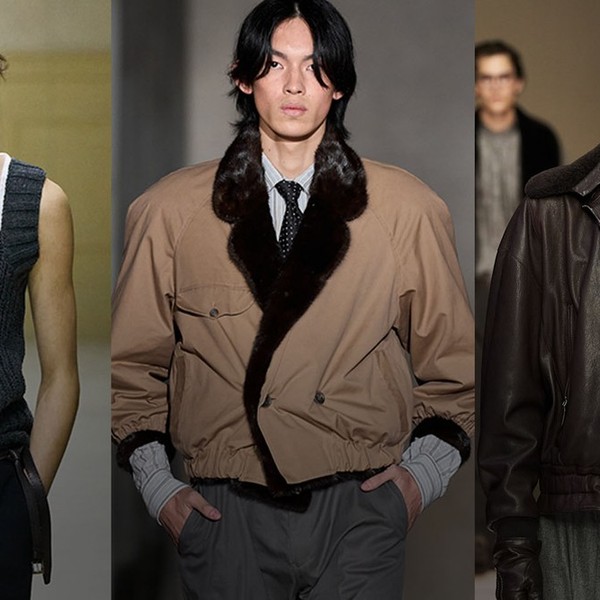Inside A Baltimore Hotel That’s *Almost* Too Much
Hotel Ulysses explores the notion of “high camp.”

On East Read Street in Baltimore’s Mount Vernon neighborhood reigns a stately cream facade. It’s a chilly February afternoon and the bright sun illuminates ornate corbels framing the blanched brick of the exterior. Below which, crisp blue scalloped awnings emblazoned with “Hotel Ulysses” in a Herculean font beckon guests within. The moody lobby requires a double take. First, your eyes must adjust to the dim lighting. Seconds later, you’re enthralled by details: a mosaic-tiled floor, a Renaissance painting, and regal columns.
“When a guest steps foot onto the property, our main goal is that their reality is suspended,” explains Ash CEO Ari S. Heckman, “that they're whisked away to a different place.” The anachronistic interior delivers on that promise and the attention to detail elevates the fantasy. If you’re visually driven, it’s hard to walk through this space in a timely manner. Every tiny curvature is a delight to the senses. “The more details that are unique to us and that have been created just for this property,” continues Heckman, “the better our odds are of causing you to forget where you are, what era you're in and just take the ride.”
Hotel Ulysses is the New York-based firm’s fourth latest hotel to open. The space hosts 112 rooms, four suites, an all-day market and cafe called Ash Bar, cocktail lounge Bloom’s, and soon-to-open bar dubbed The Coral Wig. Vertically integrated, the hotelier's in-house interior designers are able to draw guests in with their unique visual language, a product of three overarching influences.
Reduced to its tenets, Ash’s instinct-based formula is threefold. Each process begins with the building itself. Heckman is never not scouting for the next marriage of intriguing locale and quirky structure. In Baltimore, they found that in the Latrobe building, a nine-story property built in 1912 that once served as the home of seven-time Baltimore mayor Ferdinand Latrobe. At the point of purchase (or bid, shall we say, as the space was bought at auction), the establishment served as offices. Prior to, it had been an apartment complex for wealthy bachelors commuting from outside the city for job purposes, using the space as their “weekly nighttime residence,” explains Heckman. “They would get like, serviced meals brought up by the dumb waiter and there was just something about that chapter of history that was really fun to imagine and reimagine.”
The scope then broadens to the city. In Baltimore, they had John Waters’ “high camp” and “artistic filth” to play with, a notion evident in blue leopard carpet and the bathtubs sitting smack in the middle of suites. Guests in all rooms sleep beneath modern reinterpretations of Baltimore’s signature album quilts (which can then be purchased in the souvenir shop). Other references include the city’s steam engine dining cars and art deco movie palaces. The name “Ulysses” alludes to a ship that carried Bavarian immigrants to Baltimore at the turn of the century. Ulysses in Roman is Odysseus, so add James Joyce’s epic adventure hero to the moodboard, as well.
The final and “hardest to describe but most exciting” element is simply the team’s current obsessions. For example, a number of the Ash staff took a trip to India in early 2020. A motif of pitched shapes and ornate light fixtures resulted in the decor. This adds what Heckman calls an “element of randomness” to the equation. Now there’s a character to inform the feel of the space. Heckman paints a picture of a young traveler from an ambiguous era (though perhaps the turn of the century, he suggests), who just returned to Baltimore after aesthetically devouring elements of Europe and Asia. If this mixture sounds like artistic pandemonium, then you’ve properly identified the point. “I don't like the idea of creating hotels or spaces that feel like really accurate historical replications,” says Heckman. “They're more various layered eras and styles that can be a little chaotic.” The goal is to just toe the line of “too much,” and stay there.
Want more stories like this?
The Weekender: A Guide to NYC's Flatiron District
At Home With Footwear Designer Emme Parsons
Inside the Upper East Side Closet of Ashley Stark




